What is Ganglion Cyst Wrist?
Is there a palpable mass at the back of your hand? You could be having a ganglion cyst on your wrist. This is otherwise known as Bible cyst. A ganglion cyst is the type of abnormal growth which commonly affects this area. Ganglion cysts commonly affect the tendons which are the special type of tissues adjoining muscles to bones. It is called a ganglion cyst because it assumes a sac-like appearance. Usually when the ganglion cyst is cut open, you’ll find a jellylike material in it. Nearly 50-70% of the masses which develop within this area can be classified as a ganglion cyst. All of us could develop a ganglion cyst wrist. However, people aging between 20 and 40 are slightly more at risk to develop such condition. When compared to men, females are found to be three times more likely to develop a ganglion cyst on the wrist. Studies have found that about 70% of those who have ganglion cyst wrist are women. It is, however, unusual for children especially those who are under 10 to have ganglion cyst on the wrist.
The ganglion cyst on the wrist becomes pretty noticeable for people who have it. The cyst itself could assume a very unattractive appearance that an individual would want to get rid of it. Apart from that, it is also very uncomfortable when you have ganglion cyst wrist because pain is among its accompanying symptoms. The affected wrist may also exhibit signs of weakness. One could not just disregard the size of the ganglion cyst because the smaller the ganglion cyst is, experts say that this could be even more painful as compared to the larger cysts. This is also something that you don’t want to just ignore because if this crosses the flexor tendon sheaths carpal tunnel syndrome would likely result.
Symptoms of Ganglion Cyst Wrist
Aside from the appearance of a bump which is around 1 to 3 cm, other symptoms may also be noted and these are as follows:
- Fixed, rubbery bump usually located on the back of the hand but may also depend on other areas including the palms (usually depends on the size)
- Pain/tenderness (pain is often characterized by dullness)
- Presence of a bump that gradually grows over time
- Weakness (which is commonly felt when a cyst is linked to a tendon)
Ganglion Cyst Wrist Causes
To date, medical experts are still baffled on what could be the exact cause for the development of ganglion cyst. However, through in depth studies experts have pointed out a cause or two for the formation of ganglion cysts and trauma comes atop the list. Frequent trauma to the specific part of the hand would likely result to the formation of ganglion cyst. Another speculation is due to sheath or tendon covering weakness. Because of the weakness of the capsule, the tissues are allowed to protrude and thus ganglion cyst forms.
Diagnosis
So as to confirm the presence of a ganglion cyst, you may be subjected to some test, usually radiographic ones. The tissues may also be sent to the lab for further analysis. Ganglion cyst, when viewed under an optical microscope, has that smooth and shiny lining. More specifically, the following can be included in the modes for diagnosing ganglion cyst:
- Fine needle aspiration biopsy
- MRI
- Ultrasound
- X-ray
Treatment
Though ganglion cyst wrist does not really call for any emergent attention this does not mean medical intervention isn’t at all needed. To some degree, a ganglion cyst would benefit from a medical consultation. The sooner you discuss your concern with your physician, the better the treatment options are.
“Bible”/Smash Therapy
During the earlier years, ganglion cysts were eliminated by smashing it literally with the aid of a book which is otherwise referred to as the “Bible” therapy. Nevertheless, this method proved to be futile and instead just made matters worse. Instead of permanently eliminating the ganglion cyst on the wrist, chances are it would still recur at some point.
Having a ganglion cyst on the wrist isn’t really something to immensely worry about. There are even instances that the ganglion cyst wrist would just eventually resolve on its own without the need for further treatment. Moreover, there’s really no need for you to fret especially when you remain asymptomatic even with the presence of the bump. Nonetheless, if you certainly want to get rid of the ganglion cyst on your wrist, you have the option to undergo the method which will be discussed in the next paragraph.
Aspiration
Aspiration of the fluid inside the sac with the use of a sterile needle is among the commonly performed procedures to get rid of the ganglion cyst on the wrist. It is not guaranteed though that you’ll only have to undergo the procedure at least once. There could be instances that aspiration is done about three times and the chances of permanently eliminating the cyst are reckoned to be around 85%. Nevertheless, if you want to get rid of the ganglion cyst for good then you may opt to undergo a surgery.
Surgery
It has been found that those who underwent a surgery for the treatment of ganglion cyst did not anymore further develop the cyst. Undergoing the surgery is just optional though. This is especially indicated when the presence of ganglion cyst on the wrist is accompanied by pain, discomfort and weakness. If so, your surgeon certainly has to perform an operation to correct your condition.
Surgery for the removal of the ganglion cyst is often just a minor one. During the procedure, the mass is surgically removed with the aid of an arthroscope to have proper view of the mass. At times, your surgeon may prefer to create a larger incision so as the adjacent areas may be viewed. Overall, surgery involving the use of arthroscope is widely preferred due to the recovery issues involved with bigger incisions. Arthroscopic surgery also does not contribute much to scar formation.
Recovery time
One will just eventually recover several days after the ganglion cyst surgery. Your mobility is basically not limited following the aspiration. As a matter of fact, your doctor may ask you to gradually move the affected joint. Nonetheless, it’s a different case when one undergoes a surgery because you may have to use the splint for at least 10 days after the surgery. This, however, was negated and proven to be wrong. The affected joint should instead be mobilized after surgery. You may also be referred by your doctor for occupational therapy but this will also depend on your capacity to easily return in to doing your activities of daily living.
Nowadays, health care specialists are yet unsure of the ways on how you can prevent the formation of ganglion cyst wrist. This is primarily owing to the fact that ganglion cyst is considered to be idiopathic in nature. Overall, those who suffer from ganglion cyst wrist have favorable recovery because this is not a malignant condition. The only pitfall is that several treatments may be necessary before total cure can be achieved.
Ganglion Cyst Wrist Pictures
Collection of Ganglion Cyst Wrist Pictures, Photos and Images…

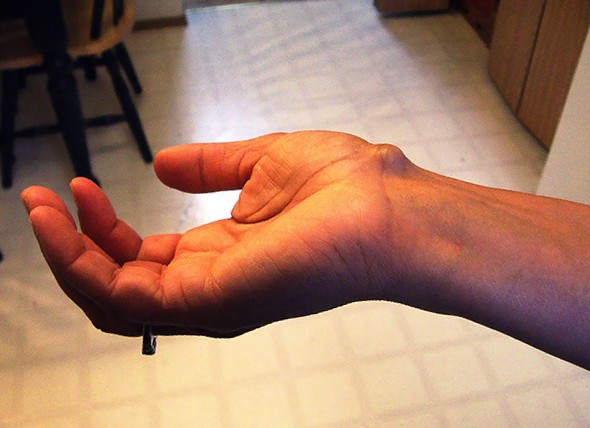

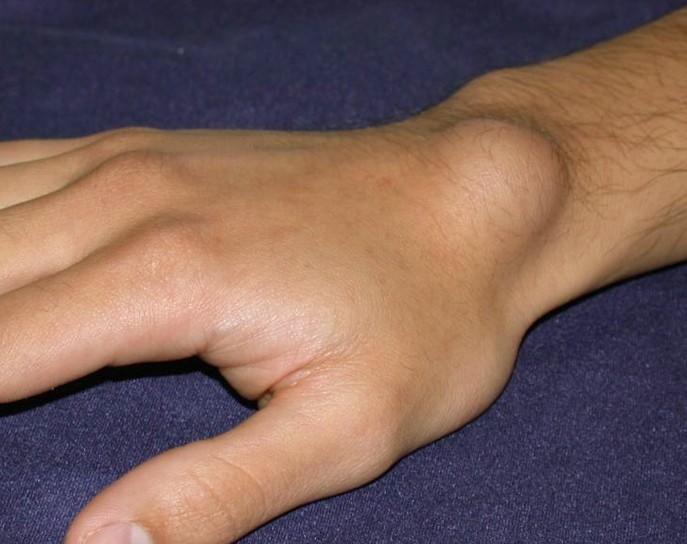

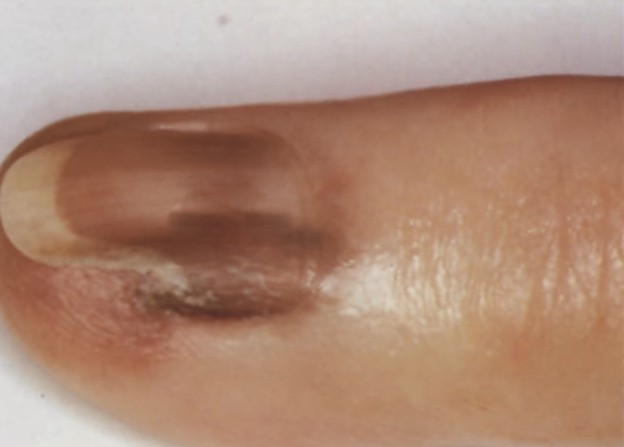
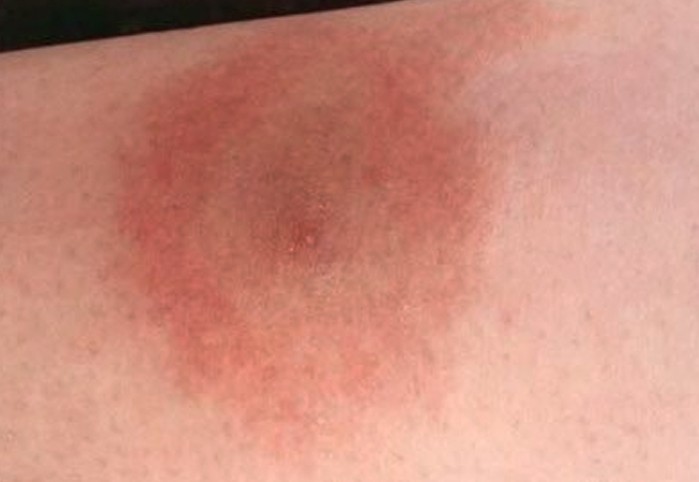


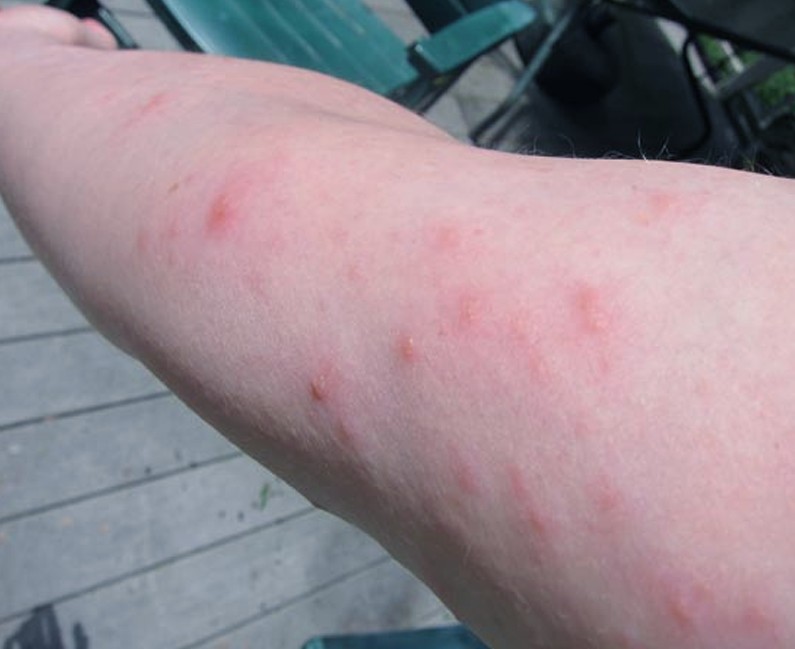

me too..i have ganglion cyst…i underwent surgical operation
I have a massive, make that 2 massive Ganglion cysts on my wrist. I want them removed so bad. My husband tried the “book method” and it didn’t even budge. If anything, all it did was cause pain upon making contact with my hand and every nerve and tendon underneath. He went full force, to no avail…It’s so ugly :0)
I have a ganglion cyst wrist, sometimes it is small, sometimes it is bigger, when it gets big, I feel pain. So, I need to be surgery or what kinds of medicine, I can take in order to remove ganglion cyst without surgery.
Been there, done that. Best option is professional surgery. FORGET THE BOOK SLAM! It doesn’t work! I had the surgery 48 years ago. The doctor was no tailor, you can still see the scar/stitches. I now have another on inner wrist. Only occasional pain, that I can ignore. I will be 83 in November, so I am not that concerned about treatment. Deal with it.
My hand surgeon said “do nothing, it will be dangerous to nerves and can cause permanent damage to fingers and thumb”. I live with that diagnose. I am going on 90.
Had cysts in my 30’s and early 40’s. Tried the bible method; hurt like hell and didn’t work. Had them removed surgically (3 scars to prove it), but they came back. Had access to sterile needles so just drained them every so often. Clear gel removed. In my late 40’s, they just went away.